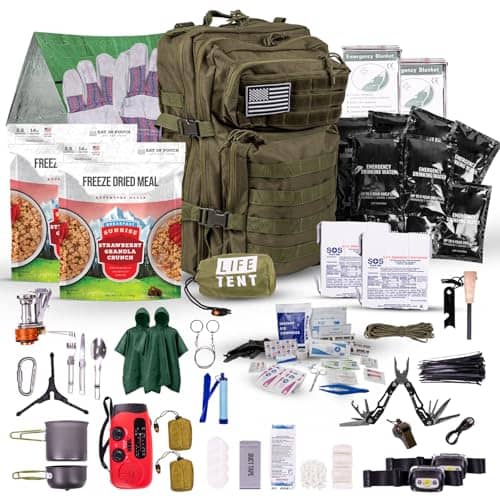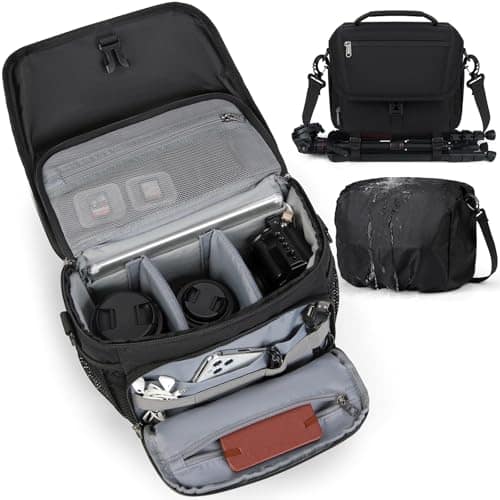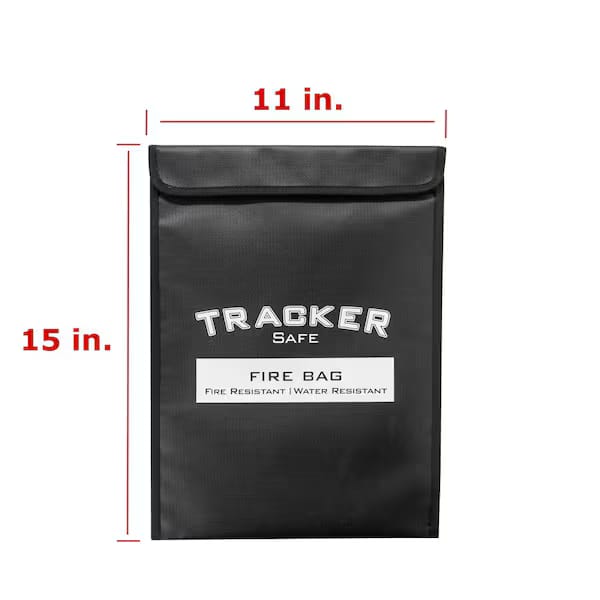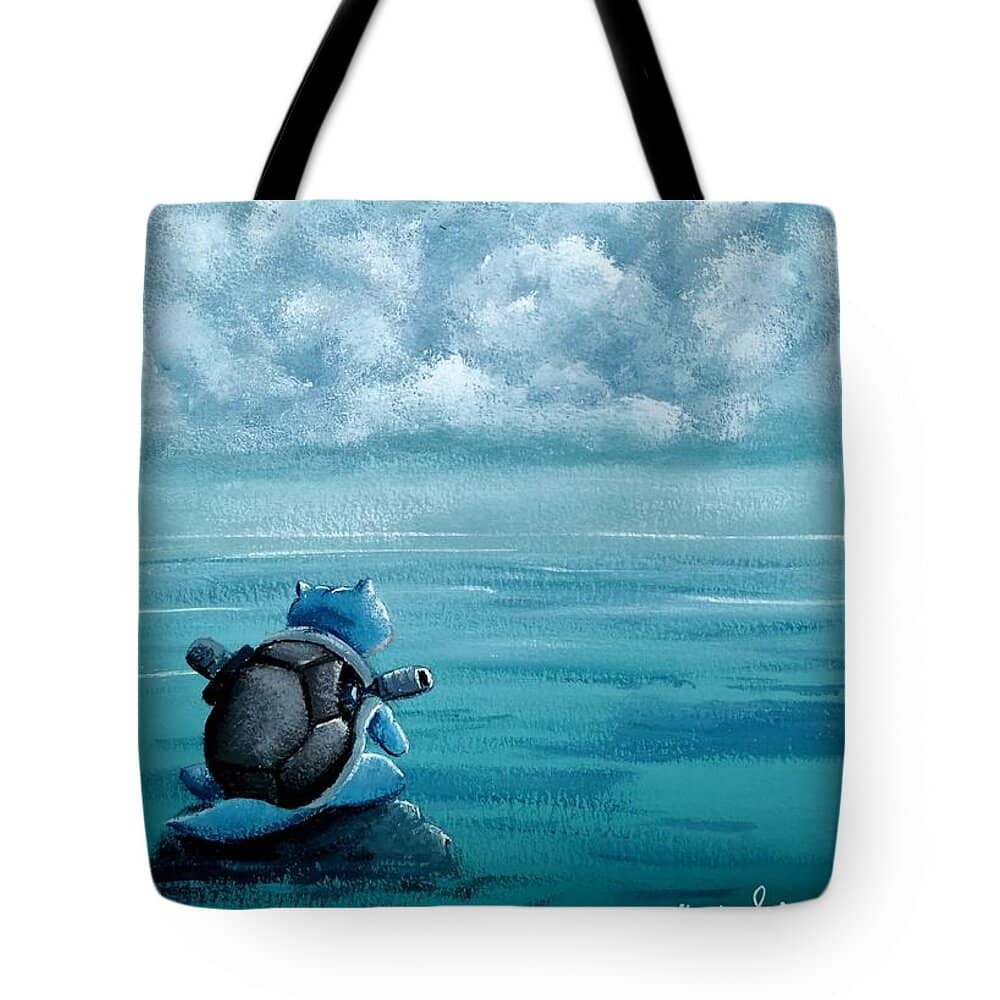
Winter camping can be a magical experience. But it requires the right gear.
Winter camping tents are essential for a safe adventure. They are designed to withstand cold temperatures, snow, and strong winds. Without a proper tent, your trip could turn uncomfortable or even dangerous. Choosing the right winter tent ensures you stay warm and protected throughout the night.
These tents come with features like insulated walls and sturdy frames. They are built to handle harsh weather conditions. Whether you are a seasoned camper or new to winter camping, picking the right tent is crucial. In this post, we will explore what makes a great winter camping tent and how to choose the best one for your needs. Stay warm and enjoy the winter wonderland with the right tent!
Contents
Choosing The Right Winter Tent
Choosing the right winter tent can make or break your winter camping adventure. Winter camping tents are specialized to withstand harsh conditions. They keep you warm and safe. Here’s a detailed guide on how to pick the best one.
Factors To Consider
Several factors determine the right tent for your winter camping needs. Consider these:
- Weather Resistance: Ensure the tent can withstand snow, wind, and cold.
- Insulation: Tents with added insulation will keep you warmer.
- Size and Weight: A tent should be big enough for comfort but light enough to carry.
- Ventilation: Good ventilation prevents condensation and keeps the air fresh.
- Setup Time: A tent that’s easy to set up saves time and effort in cold weather.
Popular Tent Types
There are various types of winter camping tents, each with unique features:
| Type | Features |
|---|---|
| Four-Season Tents | Sturdy construction, designed for heavy snow and wind. Includes strong poles and durable fabric. |
| Expedition Tents | Built for extreme conditions. Offers maximum protection and insulation. |
| Mountaineering Tents | Compact and lightweight. Ideal for high altitude and rough terrains. |
Each type of tent has its benefits. Four-season tents are versatile and good for general winter camping. Expedition tents are perfect for harsh and extreme conditions. Mountaineering tents are great for those who value portability without sacrificing protection.
Insulation And Warmth
Winter camping requires a special type of preparation. One of the most important aspects is insulation and warmth. A good winter camping tent should keep you warm, even in freezing temperatures. Understanding the right materials and tent layers can make all the difference in your comfort.
Thermal Materials
Thermal materials are key for insulation. Look for tents made with high-quality fabrics. These fabrics trap heat and prevent cold air from entering. Some common materials include polyester and nylon. They are lightweight yet effective in retaining warmth. Reflective coatings can add another layer of insulation. These coatings bounce your body heat back, keeping the interior warm.
Effective Tent Layers
Layering your tent helps in maintaining warmth. Start with a sturdy outer layer. This layer should be weather-resistant to block wind and snow. The inner layer should be breathable. This helps manage condensation and keeps the interior dry. Adding a footprint or groundsheet can also provide insulation from the cold ground. These layers work together to create a cozy environment inside your tent.
Tent Setup Tips
Winter camping offers a unique adventure. But setting up a tent in cold weather requires special attention. Proper setup ensures a warm and safe shelter. Let’s dive into some helpful tips.
Site Selection
Choosing the right spot is crucial. Look for a flat, well-packed area. Avoid low-lying spots where cold air settles.
Stay away from areas with potential avalanche risk. Check the surroundings for dead trees or branches. They can fall and damage your tent.
Clear the ground of snow and debris. Create a level surface for your tent. A shovel can be very helpful for this task.
Anchoring In Snow
Snow can make anchoring tricky. Use snow stakes or “deadman” anchors. Regular stakes won’t hold well in snow.
To make a deadman anchor:
- Dig a small trench in the snow.
- Tie your guyline to a sturdy object, like a stick.
- Bury the object in the trench and pack snow firmly over it.
For extra stability, use multiple anchor points. Ensure all lines are taut. Loose lines can lead to a collapsed tent.
Keep an eye on your anchors. Snow can melt and refreeze, affecting stability. Adjust as needed to maintain a secure setup.
| Item | Purpose |
|---|---|
| Snow stakes | Secure tent in snow |
| Shovel | Clear snow and dig trenches |
| Guyline | Stabilize tent structure |

Credit: www.youtube.com
Ventilation Strategies
Winter camping can be a thrilling experience. But staying warm and dry is essential. Ventilation strategies in your tent play a big role. These strategies help manage moisture and airflow. This ensures a comfortable and safe camping trip. Let’s explore some key ventilation strategies in winter camping tents.
Preventing Condensation
Condensation can make your tent damp and cold. To prevent this, use tents with double walls. The space between the walls helps trap moisture. Another tip is to avoid cooking inside the tent. Cooking releases steam, adding to the moisture. Ventilation windows can also help. Open them slightly to let moisture escape.
Managing Airflow
Proper airflow is crucial in winter camping tents. Look for tents with adjustable vents. These vents help control the amount of air coming in. Position your tent with the vents facing the wind. This helps fresh air flow through the tent. Keep the vents open, even when it’s cold. This prevents moisture build-up inside the tent.
Weatherproofing Techniques
Winter camping can be an exhilarating experience. But, it also presents unique challenges. Ensuring your tent is weatherproof is crucial. Proper weatherproofing keeps you dry, warm, and safe. Let’s dive into some effective weatherproofing techniques.
Sealing Seams
Sealing seams is a vital step in weatherproofing your tent. Seams are common points where water can seep in. Use a seam sealer to cover these areas. Apply it both inside and outside the tent. Let it dry completely before use. This extra layer prevents leaks during heavy rain or snow.
Snow And Wind Resistance
Winter camping often involves dealing with snow and strong winds. Choose a tent designed to withstand these conditions. Look for tents with strong poles and sturdy construction. Guy lines add stability against the wind. Stake the tent securely into the ground. For snow, ensure the tent has a steep roof. This allows snow to slide off rather than accumulate. Snow flaps at the bottom also help. They keep snow from blowing into the tent.
Essential Accessories
Winter camping can be an exhilarating experience. But having the right gear is crucial. Essential accessories can make your trip comfortable and safe. From ground insulation to portable heaters, these items help you stay warm. Let’s explore these must-have accessories.
Ground Insulation
Staying warm starts from the ground up. Ground insulation is vital. It keeps the cold from seeping into your tent. Use a foam pad or an inflatable sleeping pad. Both options provide a barrier against the cold ground.
Here’s a quick comparison:
| Type | Advantages | Disadvantages |
|---|---|---|
| Foam Pad |
|
|
| Inflatable Pad |
|
|
Choose the one that suits your needs. A good night’s sleep is priceless.
Portable Heaters
Portable heaters are perfect for winter camping. They provide instant warmth. But safety is key. Always use a heater designed for indoor use. Propane heaters are popular. They are efficient and reliable.
Consider these features:
- Auto shut-off: Prevents overheating and accidents.
- Oxygen depletion sensor: Ensures safe air quality.
- Size and weight: Easy to transport and store.
Here are some tips for using portable heaters:
- Place on a stable, flat surface.
- Keep away from flammable materials.
- Ventilate the tent properly.
Using a portable heater can transform your camping experience. Stay warm and cozy all night long.
Safety Precautions
Winter camping offers unique challenges. Safety should be your top priority. From managing your campfire to ensuring you have the right emergency gear, taking the right precautions can make your trip safer and more enjoyable.
Fire Safety
Fire safety is crucial in winter camping. Always clear snow and debris around your fire pit. This prevents the fire from spreading. Keep a bucket of water or snow nearby to extinguish the fire quickly if needed.
Use only dry wood to start your fire. Wet wood can produce excess smoke and lead to incomplete burning. Avoid using flammable liquids like gasoline to ignite your fire. It’s too risky.
Never leave your fire unattended. Always ensure it’s completely out before you leave or go to sleep. Stir the ashes and douse them with water to be certain.
Emergency Gear
Emergency gear is vital for winter camping. Always pack a first-aid kit, even for short trips. Ensure it includes bandages, antiseptic wipes, and pain relievers.
Bring a multi-tool. It can help with many tasks, such as repairing gear or cutting branches. Pack an emergency blanket. It can keep you warm if your sleeping bag fails.
Include a whistle in your pack. It can signal for help if you get lost. A portable phone charger is also important. It keeps your phone ready for emergencies.
Here’s a quick checklist of essential emergency gear:
| Item | Purpose |
|---|---|
| First-aid kit | Handle minor injuries |
| Multi-tool | Repair and cutting tasks |
| Emergency blanket | Provide extra warmth |
| Whistle | Signal for help |
| Portable phone charger | Keep phone charged |
Always double-check your emergency gear before setting out. It could save your life.
Maintaining Your Tent
Maintaining your winter camping tent is crucial for its longevity and performance. Regular care ensures your tent stays in top condition, ready to protect you in harsh winter conditions. Let’s explore how to keep your tent clean and store it properly.
Cleaning Tips
Proper cleaning of your winter camping tent can extend its lifespan. Here are some key tips:
- Shake out debris: After each use, shake out dirt and leaves.
- Spot clean: Use a mild soap and water solution for stains. Avoid harsh chemicals.
- Dry thoroughly: Ensure the tent is fully dry before packing. This prevents mold and mildew.
- Wash gently: Hand wash the tent with cold water. Machine washing can damage the fabric.
Storage Solutions
Proper storage of your winter camping tent is essential for its longevity. Follow these steps:
- Store dry: Make sure the tent is completely dry before storing.
- Avoid compression: Store the tent loosely in a large bag. Compression can damage the material.
- Cool, dry place: Choose a cool and dry area for storage. Avoid direct sunlight and damp places.
- Inspect regularly: Check the tent periodically for any signs of damage or pests.
By following these cleaning and storage tips, your winter camping tent will be ready for many adventures to come.
Credit: seatosummit.com
Frequently Asked Questions
What Features Should A Winter Camping Tent Have?
A winter tent should have a sturdy frame, good ventilation, and waterproof fabric.
How Do I Choose The Right Size Tent For Winter Camping?
Pick a tent with enough space for gear and movement. Consider the number of campers.
Are Four-season Tents Necessary For Winter Camping?
Yes, four-season tents handle harsh weather better. They offer more insulation and stability in snow.
Conclusion
Winter camping can be an amazing adventure. Choosing the right tent is key. It keeps you warm and safe. Always consider tent materials, size, and features. Think about your specific needs. A good tent can make your trip enjoyable. Stay prepared and enjoy the winter beauty.
Happy camping!







